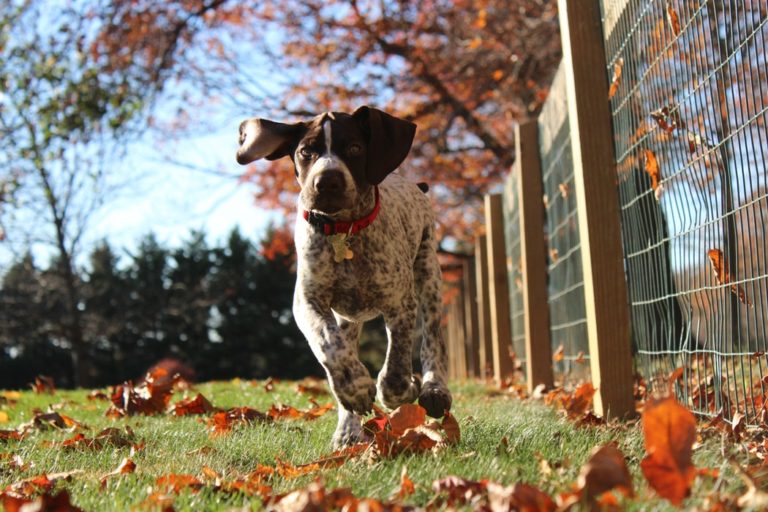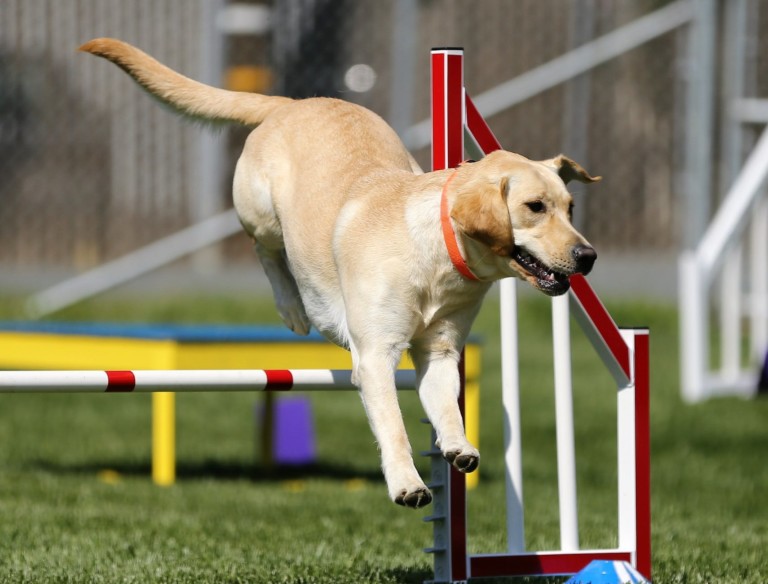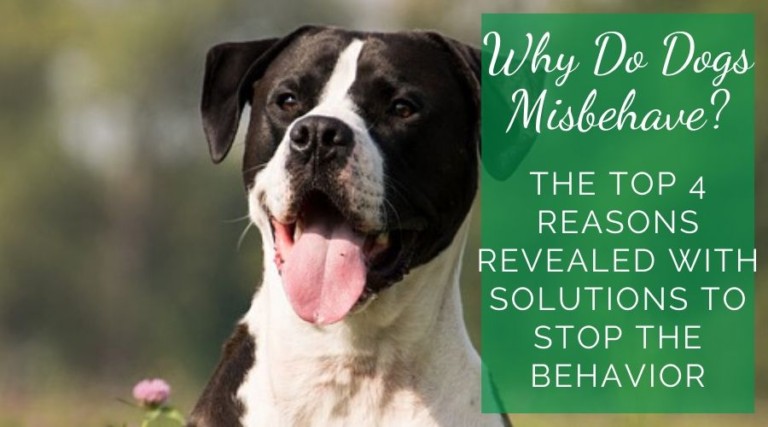{This post may contain affiliate links. This means we may make a small commission at no extra cost to you. This website is a participant in the Amazon Services LLC Associates Program. As an Amazon Associate we earn from qualifying purchases. We only recommend products that we believe will be of value to our followers. Click HERE to see our disclosure for details.}
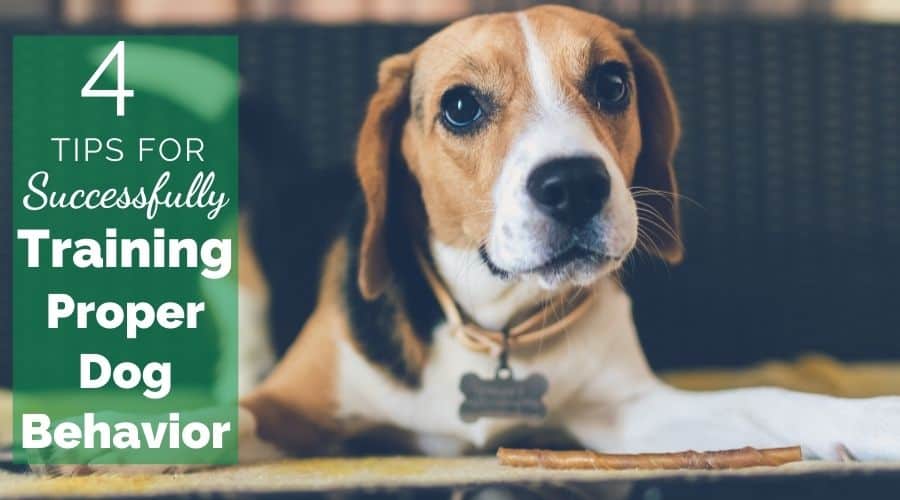
Training a dog to act properly has many benefits, for the dogs and their humans alike. Dog behavior training is critical in order to prevent negative behaviors, such as aggression and anxiety, for example. It is important to deal with dog aggression issues by training dogs to interact appropriately with other dogs and especially people by giving them proper socialization from an early age. There are a few things you can do for successfully training proper dog behavior. We will look at them in this article.

Tips For Successfully Training Proper Dog Behavior
1.Understand Where Dog’s Originated
In order to know how to effectively train your dog to be a loyal and eager pet, it is important to know where dogs came from, and how their interaction with each other can affect training.
And although it’s hard to imagine, our cute, fluffy dogs actually originated from wolves! The first domesticated dogs were likely abandoned wolf puppies taken in by early humans. These wild dogs were taught to perform tasks that the humans needed assistance with, like guarding territories and frightening potential predators. Humans in turn provided sanctuary to the dogs, in addition to food and companionship.
This is a kind of connection that continues today. Many dogs still perform a variety of tasks for their owners, including herding, guarding, and hunting.
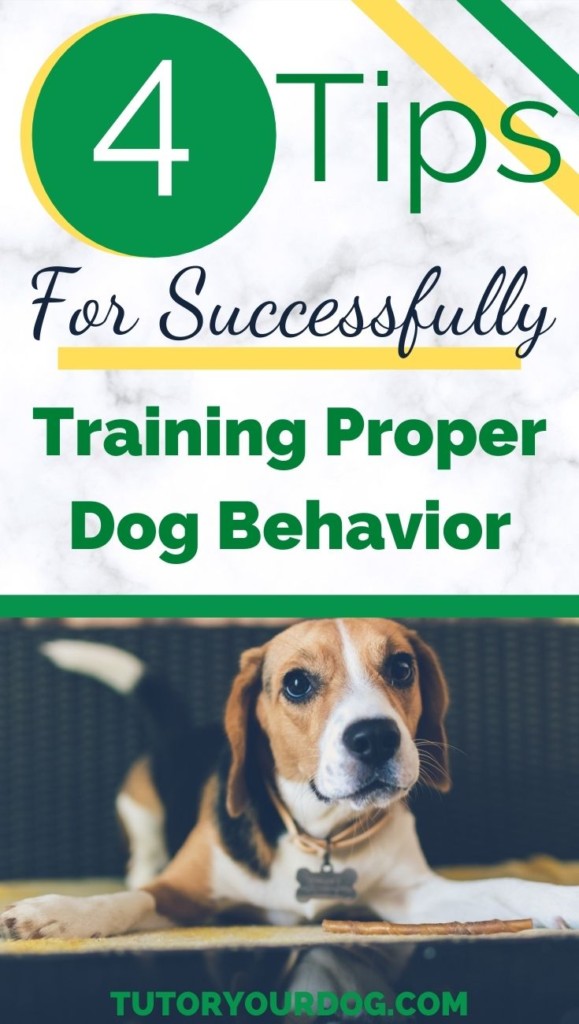
Click on the images below to check out our favorite dog training supplies on Amazon.



2. Understand How A Pack Works
You have to realize that dogs are instinctively pack creatures before beginning a training program. In wild dog packs, each member of the pack quickly learns his or her place in the ranking. The lower dogs understand that they do not challenge the pack leader and the alpha dog carries out his duties as pack leader.
The other members of the pack look to the alpha dog for leadership, food, and protection. Keeping this in mind, it is important for you to be the pack leader when you begin training your dog.
A dog that submits to his human pack leader will respect his commands without question. Earning your dog’s respect is the first crucial step in effective dog training, and it will lay the groundwork for all succeeding training.
3. Understand What Causes Negative Behaviors
There are many reasons to train a dog properly. A calm and well-mannered dog is pleasant to be near, both for the dog’s family, and other people he might encounter. Additionally, being around an obedient dog assuages people’s fears, especially when it comes to more controversial breeds like Rottweilers and Pit Bulls.
Knowing why a dog is exhibiting a negative behavior is important in effectively training and modifying problem behaviors. For instance, separation anxiety may be the root cause of many bad behaviors, such as chewing and destructive behaviors. Solving the root cause of the problem will help to eliminate the peripheral behaviors.
Stress and the lack of ability to deal with it can cause a host of unpleasant dog behaviors. One objective of a high-quality dog training program is to help the dog to endure stress without exhibiting negative behaviors.
Click on the images below to check out our favorite training treats on Amazon.



4. Understand That Dog’s Are Different Than People
It is important to differentiate human behavior and dog behavior when training and working through problem behaviors. Dogs and humans have different motivations and reactions, so avoid the temptation to see your dog as human, and react on that impulse.
One thing that humans and dogs have in common though, is their sociability and the need to form close groups and strong bonds. While the bonding is very important to dogs and humans, it has served very different purposes in the evolution of each species over time.
Once you understand your dog, how he thinks and what is important to him, training him to act appropriately will be a lot less challenging.


